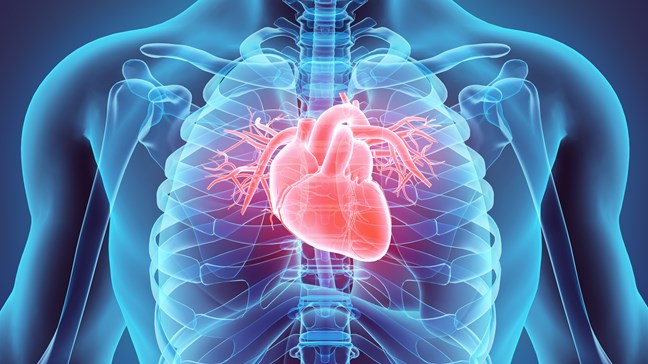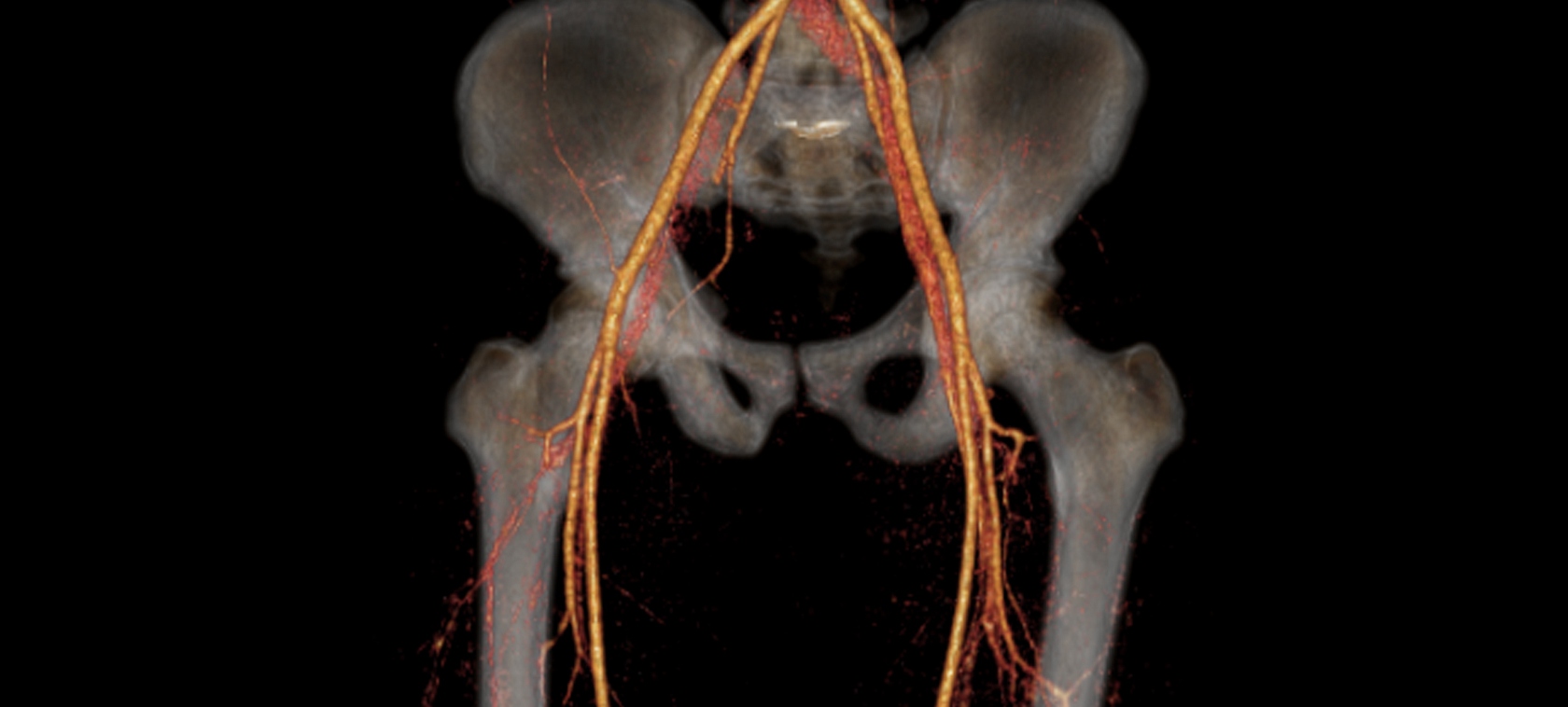A study published by Dr. Liza Chacho published in the European Heart Journal showed that in patients with three distinct genotypes of transthyretin cardiomyopathy, both diastolic and systolic echocardiographic parameters were associated with an increased risk of mortality
Transthyretin amyloidosis cardiomyopathy (ATTR-CM) is a fatal form of cardiomyopathy characterized by the deposition of amyloid fibrils into the myocardial extracellular space. ATTR-CM can be both non-hereditary (wild-type) and hereditary (associated with a specific gene variant). While the diagnosis of ATTR-CM no longer requires a histological sample, there is a lack of knowledge surrounding the different echocardiographic phenotypes and their relationship to clinical outcomes. In this study, the investigators aimed to describe the various echocardiographic features among a spectrum of wildtype and hereditary ATTR-CM and to determine if these features were independently associated with a poorer prognosis in patients with ATTR-CM.
The study included patients referred to the National Amyloidosis Center in the United Kingdom with a diagnosis of ATTR-CM. Patients were considered to have ATTR-CM if they had symptoms of heart failure together with an echocardiogram with characteristics of amyloidosis as well as either direct endomyocardial biopsy showing amyloidosis or an extra-cardiac biopsy with radiological evidence of amyloid in the cardiac tissue. All patients then underwent sequencing of the TTR gene. Patients were then followed as per the protocol of the center. Echocardiograms at baseline were reviewed by operators blinded to the diagnosis. The three genotypes that were assessed were wild-type (wtATTR-CM), V122I-associated hereditary ATTR cardiomyopathy (V122I-hATTR-CM), and T60A-associated hereditary ATTR cardiomyopathy (T60A-hATTR-CM). Specific echocardiographic variables and their relation to the outcome were also assessed. The outcome of interest was mortality.
Of the 1240 patients in the study, 62% had the wild-type variant, 314 had the V122I-associated cardiomyopathy, and 10% had the T60A-associated cardiomyopathy. A total of 489 patients (32%) died over a mean follow up of 32 months (37% in the wild-type group, 50% in the V122I-associated cardiomyopathy group, and 34% in the T60-associated cardiomyopathy group). Patients in the V122I group had the worst prognosis, followed by the wild-type group, followed by the T60A group. While assessing the 15 pre-specified echocardiographic parameters, the investigators found that in a multivariable model, the following were associated with mortality: stroke volume index (HR 0.97, 95% CI 0.95–0.99; P= 0.004), right atrial area (HR 1.05, 95% CI 1.01–1.10; P= 0.016), longitudinal strain (HR 1.08, 95% CI 1.04–1.12; P< 0.001), and severe aortic stenosis (HR 2.46, 95% CI 1.29–4.72; P= 0.007). Additionally, when patients with severe aortic stenosis were excluded, the investigators found that the E/e’ was also independently associated with mortality (HR 1.02, 95% CI 1.00–1.03; P= 0.033).
In this study, the investigators found multiple echocardiographic parameters, representing both systolic and diastolic function, that may be associated with an increased risk of mortality in patients with ATTR-CM. While ATTR-CM is considered a predominately diastolic disease, the findings here indicate that it may be more complex.




